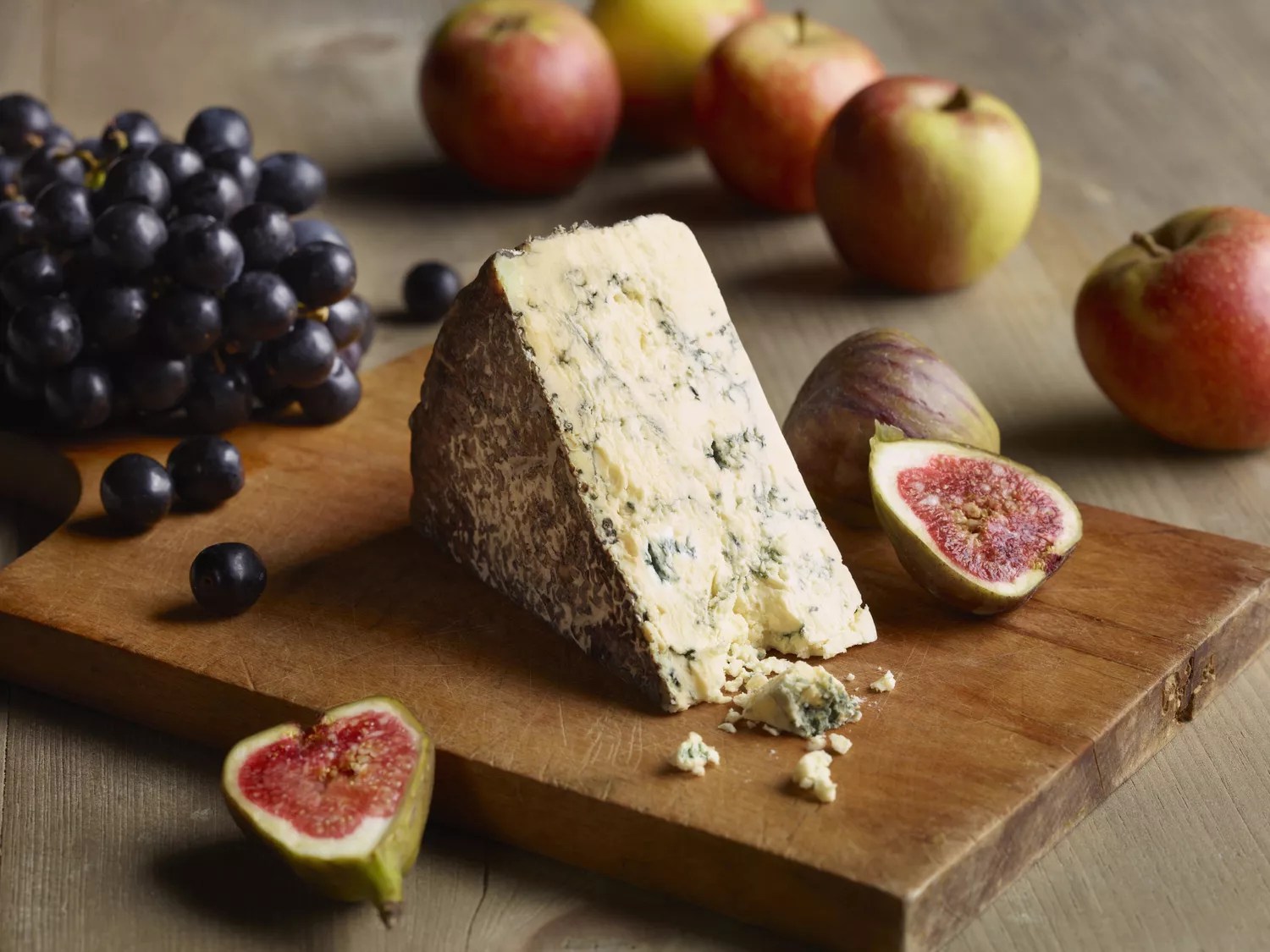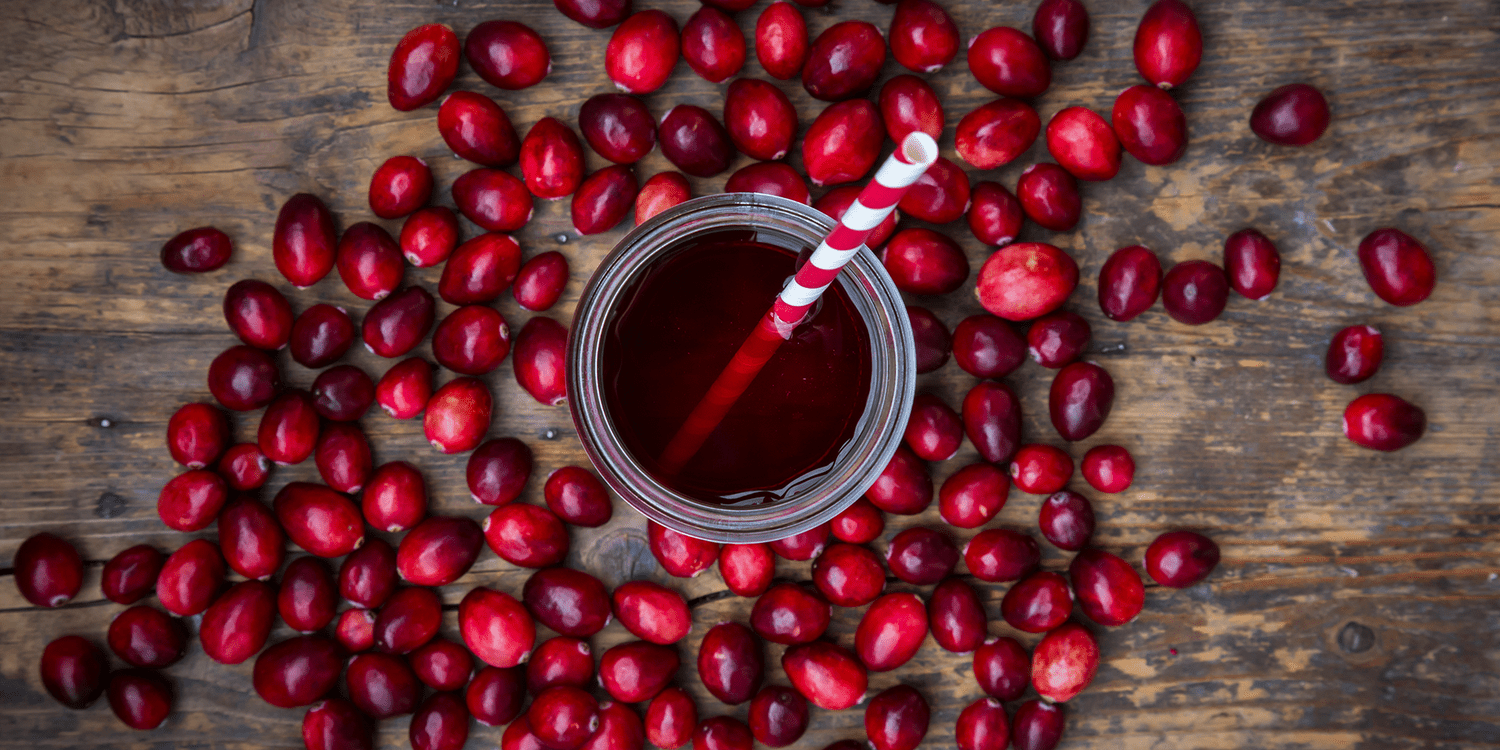When you clear your fridge to make room for new groceries, you throw away foods sealed in original packaging and leftovers that look discolored, shriveled, or worse yet, with visible fuzzy green, orange, or gray-looking molds.
Some molds are certainly safe to eat, such as those grown on blue cheeses, brie, and Camembert.
But what if you have accidentally taken a bite out of foods with visible molds? Should you be concerned? Let’s take a deep dive to find out what happens if you eat mold — what you need to do about it.
What Is Mold?
Molds are threadlike organisms resembling slender mushrooms with spores at the top of the stalk. Molds are typically invisible to the naked eye, but become visible to your sight when many mold cells are grouped and grown together.
Molds are found in the environment. The undetected mold spores move in the environment through air, water, or insects and use soil, plants, animals, and humans as hosts for growth and survival.
What Causes Mold On Food?
Since mold spores travel in the environment like dandelion seeds, they can land on food surfaces when foods are exposed to air.
Mold growth could also be influenced by other factors, including the food’s moisture, airflow to the food, how long the food is stored, and the storage conditions.
Food with high moisture content and an environment with high humidity and warm temperatures are ideal for mold growth. These factors create a perfect environment for mold cells to multiply, leading to visible mold growth on food surfaces.
Some types of molds may also grow without visible spores. Instead, they produce mycotoxins, a poison that can make you sick.

What Happens If You Eat Mold?
Eating moldy foods may cause nausea, vomiting, diarrhea, and abdominal cramps due to the mycotoxins present. Still, some molds may also lead to allergic reactions, such as itchiness, rashes, nasal congestion, sneezing, and runny nose.
But don’t fret if you have accidentally taken one bite of moldy food. Chances are, you will likely be fine.
If the unpleasant symptoms linger and you still feel unwell, such as having diarrhea for more than three days, having trouble keeping fluids down due to persistent vomiting, or having bloody diarrhea, it is best to visit your doctor.
The CDC also recommends seeing your doctor right away if you have a weakened or underdeveloped immune system or are pregnant, as these symptoms may cause problems.
Can You Cut Mold Off Food?
If you have already noticed mold growing on food, chances are the food is unsafe to eat.
What you see on the food surface is only the spores. It is impossible to know how much mold is in the food unless you put it under the microscope.
You might think you could savor the remaining food by cutting off the parts with visible mold, but you should think twice before doing so.
Foods with mold growth on the surface could have spider webs or networks of roots growing underneath. This is the case for porous foods like bread and soft fruits like tomatoes and peaches, where the mold’s body can penetrate deep into the food, making removing all traces of mold altogether challenging.
When in doubt, check the USDA’s general guide on when to use or discard moldy food. While the guide suggests you can remove at least one inch around and below the mold spot for certain foods, such as hard cheeses and firm vegetables like carrots and cabbages, it is impossible to know the extent of mold growth, particularly for mycotoxins, which could migrate to other parts of the food.
At the end of the day, use your judgment to determine whether the food is safe to eat. Pay attention to the food’s physical appearance and the appearance, size, and color of molds, and consider when this food item was purchased and its expiration date. When you are in doubt, wrap up the contaminated food with a plastic or paper bag and throw it out.




